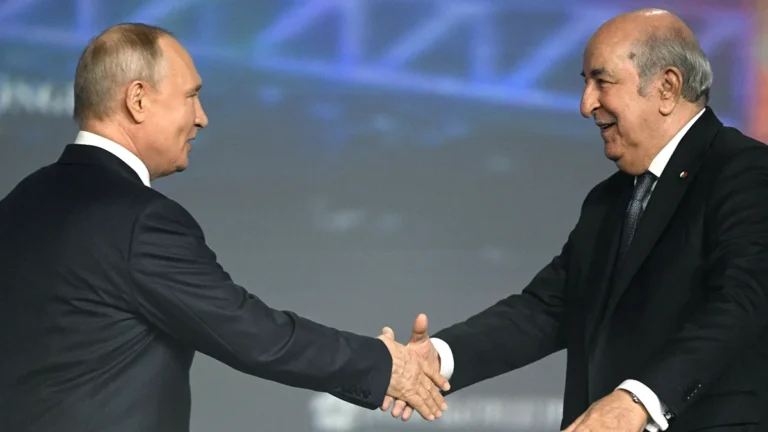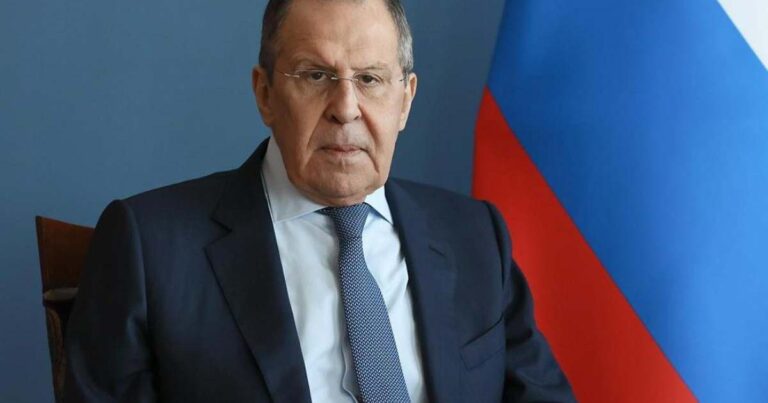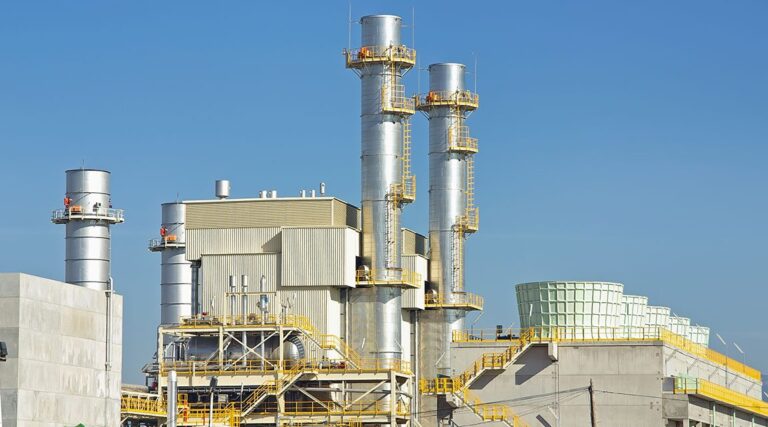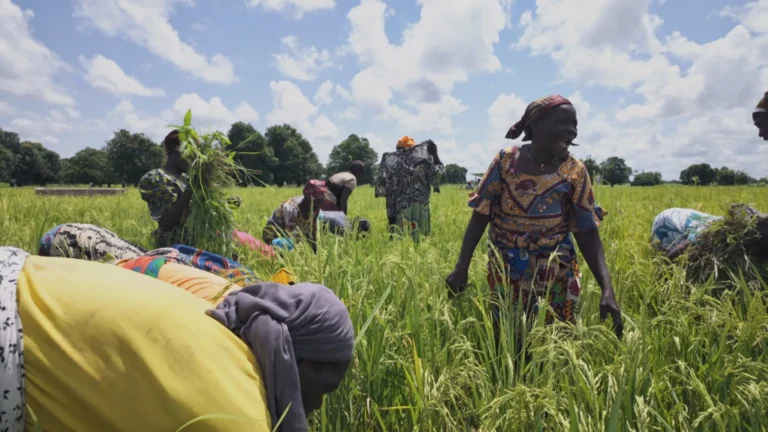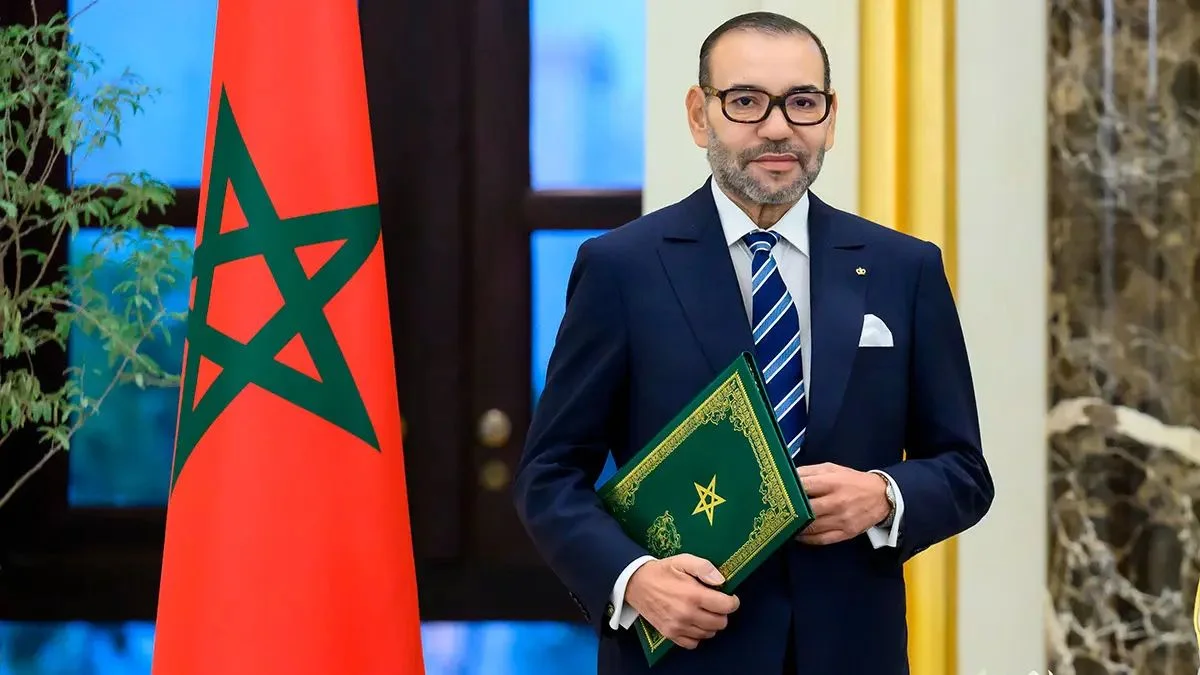
In the Maghreb, where many nations remain heavily reliant on volatile hydrocarbon markets, Morocco is emerging as a standout example of economic diversification, earning recognition from the United Nations Conference on Trade and Development (UNCTAD) for its transformative growth model.
A recent UNCTAD analysis highlights Morocco’s success in reducing its dependence on raw material exports, contrasting sharply with regional peers such as Algeria and Libya, where hydrocarbons account for over 95% of export revenues.
Between 2012–2014 and 2021–2023, Morocco’s share of primary products in total exports dropped from 35.5% to 26.4%, underscoring the nation’s structural shift toward manufacturing and value-added sectors.
The automotive industry now stands at the forefront of Morocco’s export economy, with the country becoming the leading African supplier to European markets.
Alongside automotive production, the aeronautics, electronics, and agri-food industries have attracted significant foreign investment, driven by ongoing upgrades to infrastructure, workforce training, and industrial capacity.
While agriculture remains a cornerstone of the economy, it too is evolving. Seafood, citrus, and vegetable exports—representing 6.2%, 5%, and 4.6% of total exports respectively—continue to play a vital role, though their relative weight is declining as manufactured goods expand Morocco’s global footprint.
Tourism, another critical pillar, is bolstered by the rapid growth of Royal Air Maroc (RAM) and the modernization of hotel infrastructure in major hubs such as Marrakech and Agadir. These efforts are particularly significant as Morocco prepares to host global events, including the 2030 World Cup, further solidifying its status as a dynamic regional economy.
By diversifying its industries and modernizing its economic base, Morocco is positioning itself as a model for sustainable development in Africa—demonstrating that resilience lies in moving beyond raw materials toward a balanced, multi-sector economy.
